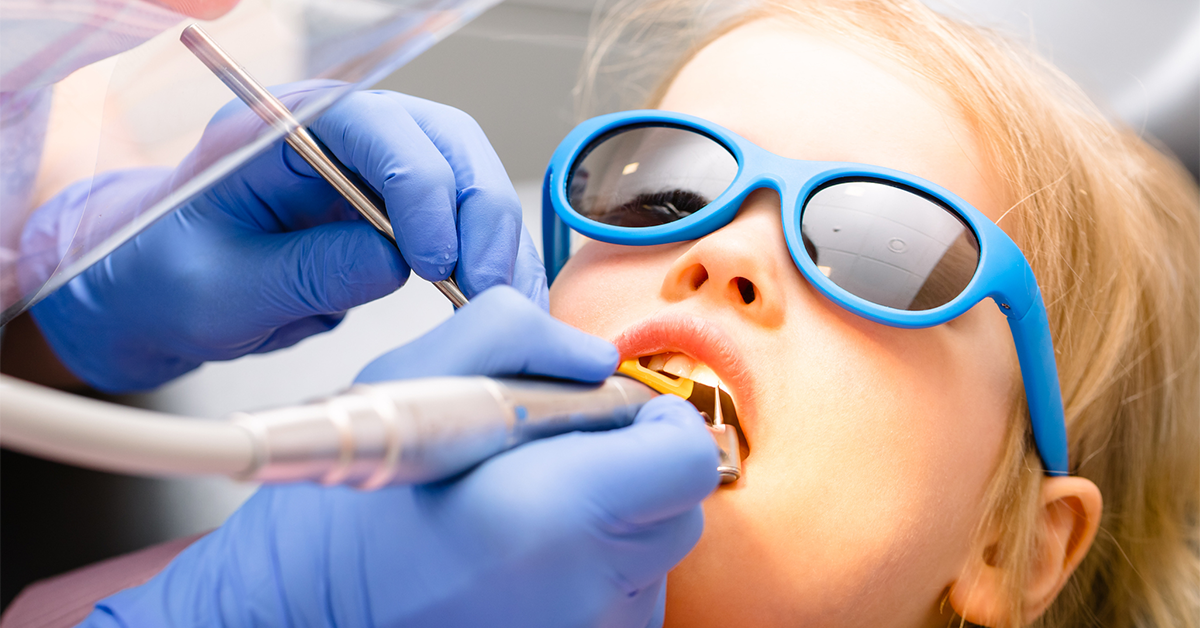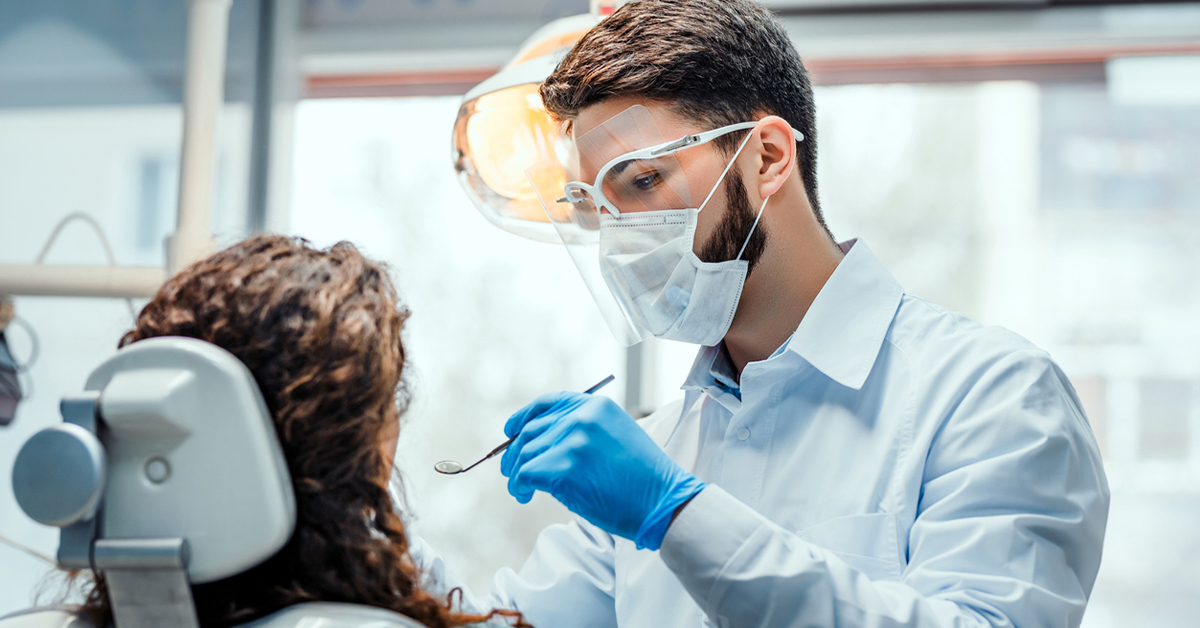By allowing hygienists to select and purchase products, a practice can take advantage of their hygienist’s professional expertise, answering important questions about what equipment is needed and how these choices will work best to treat patients. Here are three key considerations to make when selecting hygiene equipment.
7 Tips for Better Dental Handpiece Maintenance
Dental handpieces are hard-working tools with very delicate internal parts, which is why proper ongoing maintenance can make for the best possible performance and longevity. Here are a few ways to keep your handpieces in tip-top shape.
4 Tips for Building A Successful Hygiene Team
Dental hygienists account for, on average, 30% of a practice’s revenue and are an integral part of any practice. Here are four tips for ensuring a practice is making the most of its dental hygiene service.
A Hygienist’s Dream to build her own Studio becomes a Reality
In an update about her now finished dental studio, Irene Iancu explains how she made her vision of owning her own hygienist-run dental practice with a strong voice on social media come to life.
The Three Ps for Infection Prevention [Audio + Resource Guide]
Undeniably, COVID-19 has forever changed the way we practice dentistry and manage infection control. Every area of your practice has been impacted, from how patients are scheduled and checked in, to how office staff don and doff all the new PPE.
Educating Patients on the Importance of Oral Health and Routine Dental Care
Making sure patients are well informed of the importance of oral health before they even book their hygiene appointment can help curb anxiety or other barriers that may be preventing them from coming into the dental office. And with staff training on how to communicate key oral health messages with patients, the oral hygiene appointment can be the perfect way to build relationships and trust with patients.
A Quality Assurance Approach of Infection Prevention from OSAP [Part 2]
In part two of its series “Implementing Routine Quality Assurance of Infection Prevention Policies and Procedures,” OSAP continues its close look at instrument reprocessing. Specifically, part two in this series outlines one approach to performing routine quality assurance related to packaging instruments during reprocessing.
A Safer Way to Polish: Splatter Guard Prophy Angles from Young Innovations
As dentists and hygienists question the use of ultrasonic instruments during the COVID-19 pandemic, they may also be looking for ways to eliminate or at least control aerosols and splatter. Young Innovations recently introduced the Splatter Guard® prophy angle, which nearly eliminates airborne particles during prophylaxis polishing. Whitney Howerton, MDH, RDH, gives Splatter Guard a test run.
OnTarget Highlight: The Pediatric Prophy Appointment
Oral healthcare is essential at any age, but for children, maintaining a healthy mouth holds special importance. Dental caries is the most common chronic childhood infectious disease. As of 2015, approximately 573 million children worldwide had at least one untreated cavity.
OnTarget Highlight: PPE Adherence in the Dental Practice
A recent global health pandemic has brought personal protective equipment (PPE) to the public’s attention, but dental professionals have long been familiar with the concept of PPE. Despite this, many workers fail to adhere to PPE requirements because they find equipment cumbersome, uncomfortable or disruptive to performing tasks and communicating with patients and personnel. To remove these barriers, dental offices must supply PPE that maximizes ease of use, comfort and performance.
Failure to replace: Who pays the ultimate price?
The current recommendation for when to replace a scaler is when 20% of the instrument blade width or length is reduced or no longer the original design. But how long it takes for each instrument to reach this threshold is dependent on several factors. Deb (Hume) Brown, RDH, shares some of these factors and how a failure to replace instruments can affect the clinician and the patient.
Preventing the Spread of COVID-19: Infection Control in Dental Practices
Although every patient who enters a dental office should be treated as if they could have an infectious disease; times like these help us pause, take a step back and make sure we’re compliant with current guidelines set by the Occupational Safety and Health Administration (OSHA). Here are some ways to make sure your dental office is OSHA compliant.







![The Three Ps for Infection Prevention [Audio + Resource Guide]](https://www.offthecusp.com/wp-content/uploads/2020/09/infection-control-1200x628-iStock-1253398698.jpg)



![A Quality Assurance Approach of Infection Prevention from OSAP [Part 2]](https://www.offthecusp.com/wp-content/uploads/2020/08/osap-infection-control-autoclave-dental-sterilization-1200x628-iStock-1025299028.jpg)
















